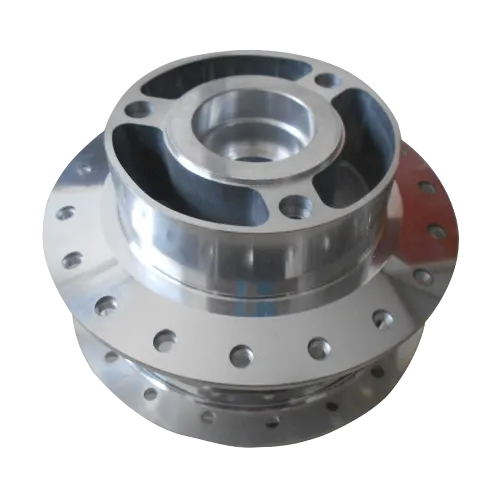Mobile:+86-311-808-126-83
Email:info@ydcastings.com
pump bellows connectors
Understanding Pump Bellows Connectors Essential Components in Fluid Systems
In the realm of fluid mechanics and engineering, the importance of reliable connections cannot be overstated. One critical component that plays a significant role in these connections is the pump bellows connector. These flexible devices serve as a bridge between stationary and moving parts in various pumping systems. They are specifically designed to accommodate vibrations, misalignments, and thermal expansions while ensuring the integrity and efficiency of fluid movement.
What are Pump Bellows Connectors?
Pump bellows connectors are flexible, cylindrical sleeves made from various materials, including rubber, metal, or composite substances. Their primary function is to connect pump systems with pipelines while absorbing the stress caused by movement and pressure fluctuations. Unlike rigid connectors, which can lead to system fatigue or failure, bellows connectors are engineered to handle substantial stress while maintaining a leak-proof operation.
Key Features of Bellows Connectors
One of the most significant advantages of pump bellows connectors is their flexibility. This flexibility allows them to handle angular deflections, axial movements, and vibration, which are common in pumping systems. The design typically includes convolutions (folds or curves), which amplify the flexibility and extend the lifespan of the connector. Additionally, they can be customized in terms of size, shape, and material to suit specific application requirements.
Another critical feature is their ability to withstand extreme temperature fluctuations and chemical exposures. Many industrial fluids can be corrosive, and a bellows made from proper materials—such as stainless steel or high-grade elastomers—can ensure that the connector remains intact over time, preventing leaks that can lead to costly breakdowns or hazardous spills.
Applications Across Industries
pump bellows connectors

Pump bellows connectors are widely used in various industries due to their adaptability and reliability. In the chemical processing industry, they are utilized to connect pumps handling corrosive substances. Similarly, in the oil and gas sector, they are critical components for connecting equipment in refining and extraction processes. Their ability to handle high pressures makes them ideal for heavy-duty applications, such as those found in power generation plants.
In the food and beverage industry, where hygiene and cleanliness are paramount, these connectors are used in pumps that transport liquids safely without contamination. The non-toxic materials used to manufacture certain bellows connectors ensure compliance with health standards, maintaining the integrity of the products being processed.
Maintenance and Considerations
While pump bellows connectors are designed for durability, regular maintenance is crucial to ensure their longevity and performance. Engineers recommend periodic inspections to check for any signs of wear, such as cracks, leaks, or loss of flexibility. Addressing minor issues before they escalate can save companies significant costs associated with downtime or equipment failure.
When selecting a pump bellows connector, it is essential to consider factors such as the material compatibility with the fluid being transported, the operating temperature, and the pressure conditions. Choosing the right connector is vital for preventing system mishaps and ensuring optimal performance.
Conclusion
Pump bellows connectors are indispensable components in a myriad of fluid transport systems. With their unique ability to absorb stress from vibrations, thermal expansions, and misalignments, they ensure that pumps operate smoothly and efficiently across various industrial applications. As industries continue to evolve and demand more from their pumping systems, the importance of reliable and adaptable components like pump bellows connectors will only increase. Investing in high-quality connectors and maintaining them properly is vital for the longevity and efficiency of pumping systems, ultimately contributing to the operational success of any industry reliant on fluid transport.
-
Understanding Metal Casting TechniquesNewsApr.02,2025
-
Understanding Exhaust Manifolds for Enhanced Engine PerformanceNewsApr.02,2025
-
The World of Metal FabricationNewsApr.02,2025
-
Key Components for Pump and Turbo EfficiencyNewsApr.02,2025
-
Essential Tools for Automotive Maintenance and RepairNewsApr.02,2025
-
Durable Valve Components for Effective Water ManagementNewsApr.02,2025











